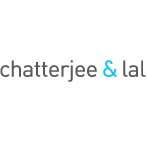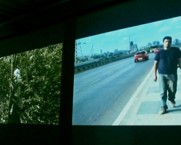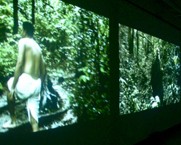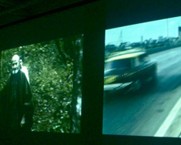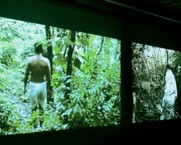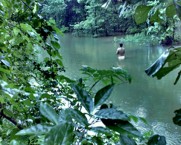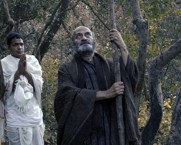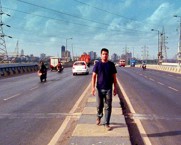C&L Shows
Katho Upanishad
Ashish Avikunthak
2012
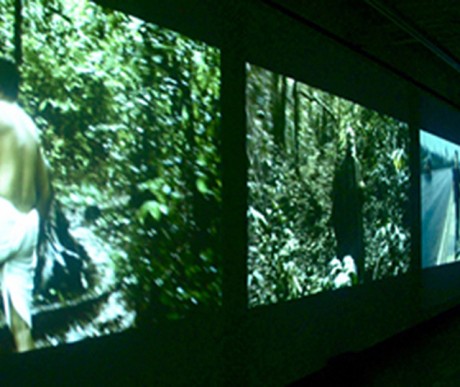
Overview
Chatterjee & Lal is pleased to announce the solo exhibition of film maker Ashish Avikunthak. This marks the second time that the gallery has focused on Avikunthak’s practice, following on from Vakrutanda Svaha (2010), and it will be a unique opportunity to view work by one of India’s most exciting experimental film makers.
“Teach me the path beyond death,” asks Nachiketa to Yama. Katho Upanishad is a film that expounds on this basic quest of human existence. It is a film about a man’s pursuit of nirvana. The film centres on the metaphysical dialogue between Nachiketa, a young Brahmin boy and Yama, the God of Death. It is an adaptation of a two and half thousand years old Sanskrit treatise of the same name, where Yama instructs Nachiketa about the path towards enlightenment.
Amrit Gangar, film critic says, “What is interesting is the way Avikunthak de-dramatizes the dialogues to great extent – they have different intonations as against the normal Indian filmic conventions. And by the time he reaches Katha Upanishad, I find his cinematography acquiring a certain laya (deep concentration) of its own, a certain musicality, manifesting in the way he pans his camera (there is no question of ‘cuts’), its bhangimā (gestures).”
“For Avikunthak, Katho Upanishad was not just a narrative text, he wanted us to experience time, present becoming present, time acquiring a certain spontaneity, a certain experiential feel. According to him, the first section of the film is about the quest to know, the second about knowing (and hence epistemological) and the third about experience (and hence ontological). It is also to suggest that the Upanishadic text is not a dead thing, it still breathes in and out.”
“It is basically Avikunthak’s temporal engagement that offers a certain grace to cinematography, which nowadays is getting increasingly dominated by visual theatricality and superfluous slickness. In one of his Notes, Mani Kaul had mentioned: “Time as attention. Attention as rhythm. The invisible shape of the film.”
Structurally, the 82 minute film is a triad with three chapters- the quest, the dialogue and the final liberation. It will be shown at Chatterjee & Lal as a three channel video installation.
To read full essay, click here.
- Install
- Production stills
